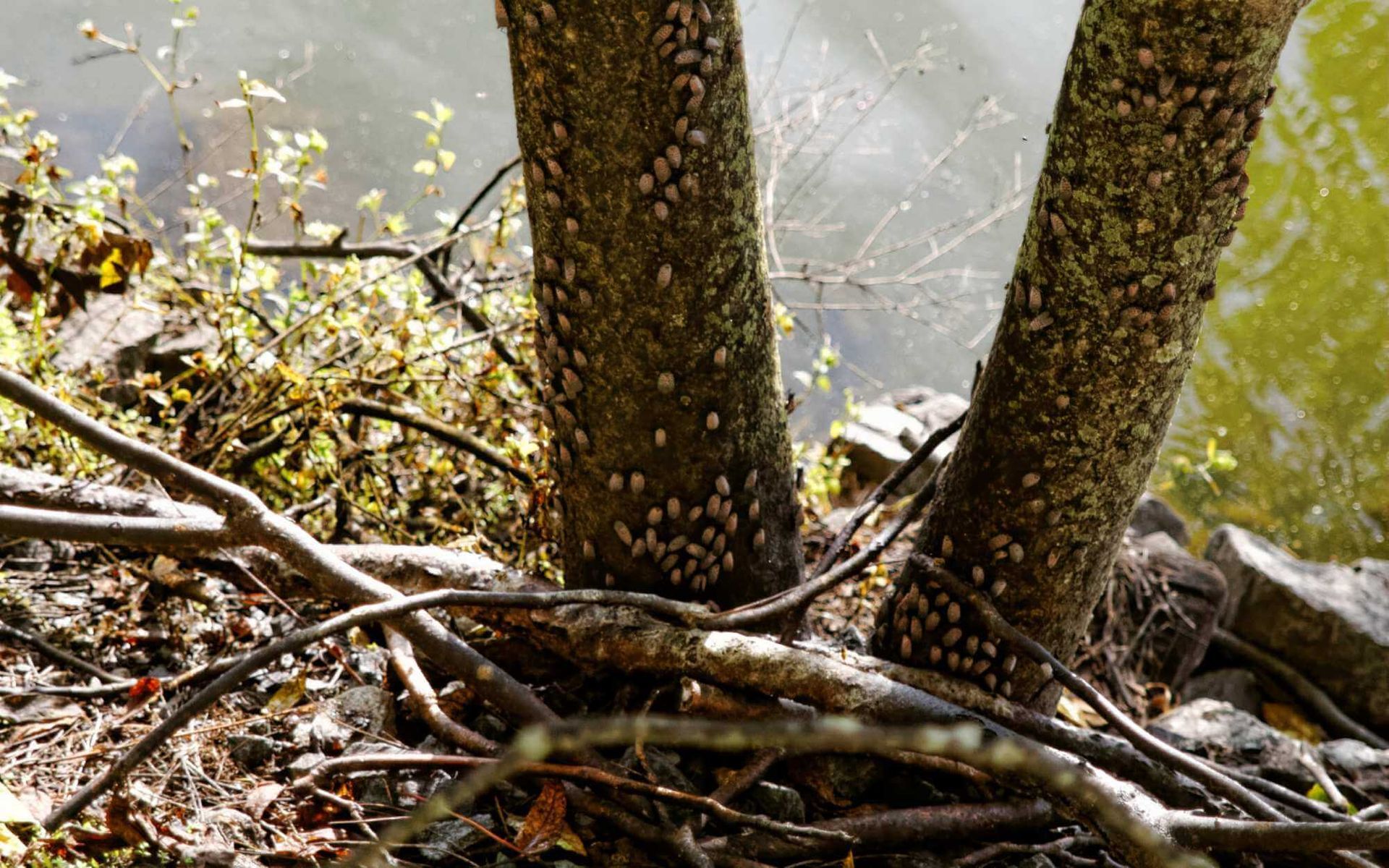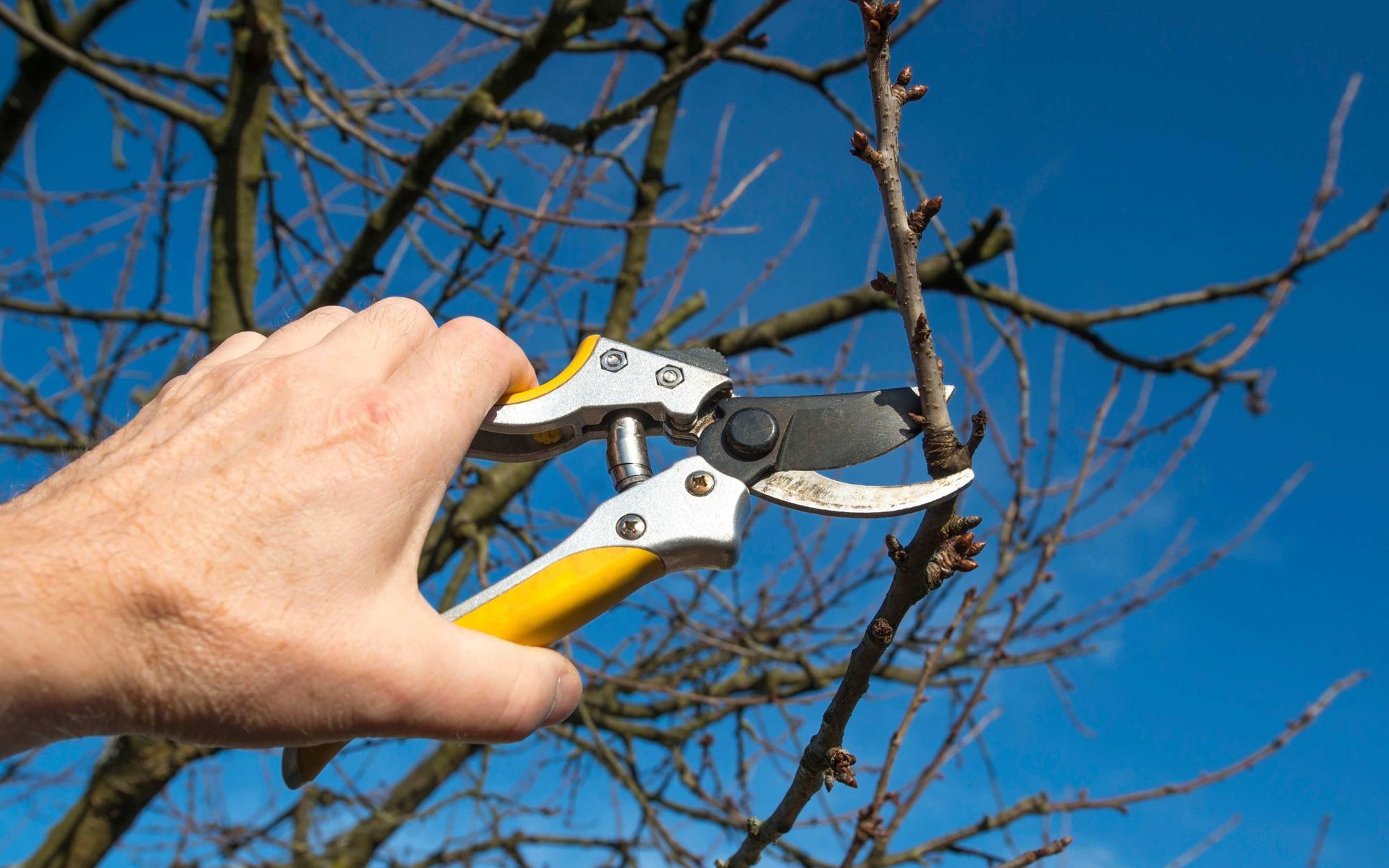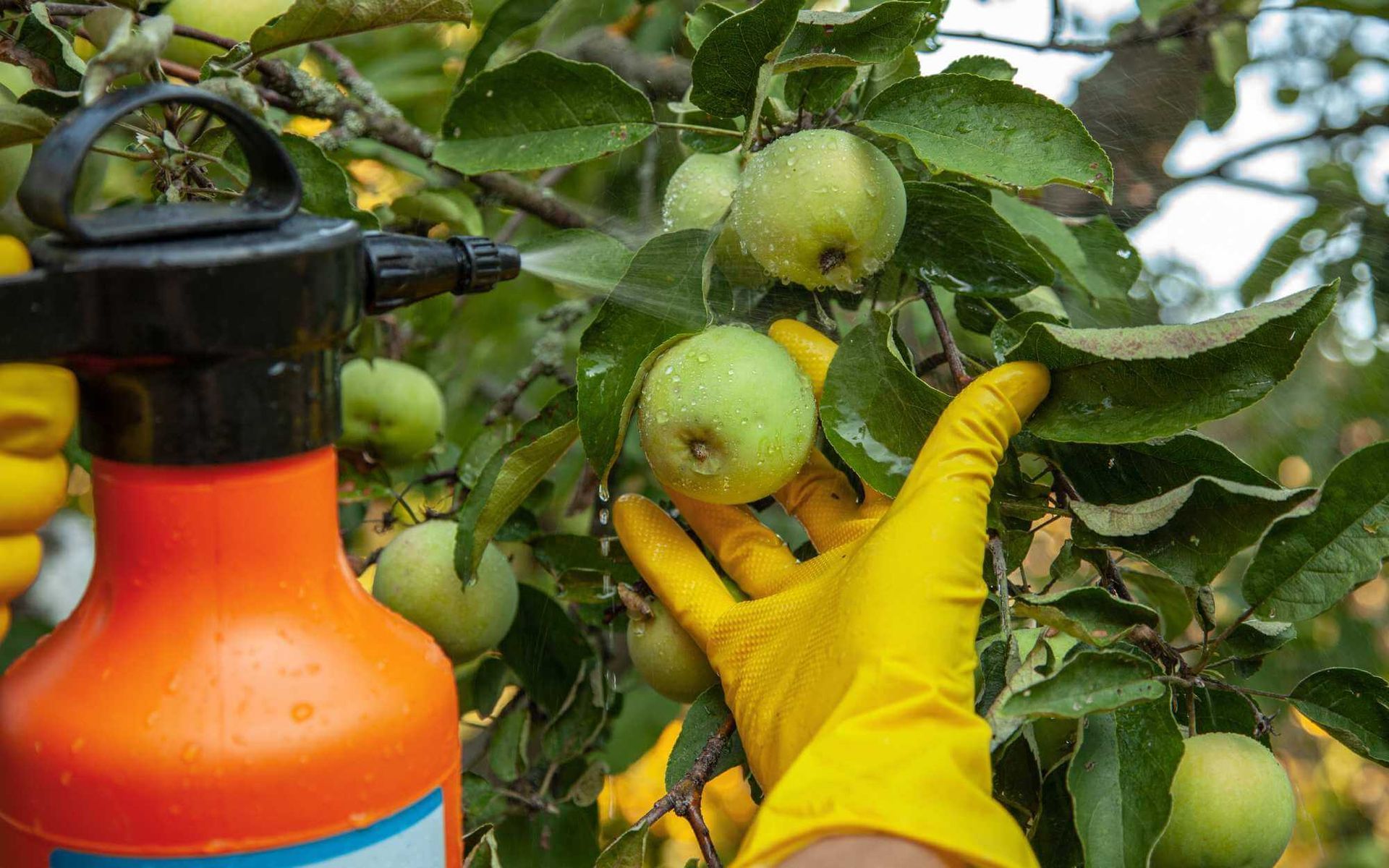Real Tree Team
Arborist, Tree Service and Tree Removal Services
License #: FL-10250A
CALL FOR A FREE QUOTE!
Timely Measures to Combat Tree Insect Infestations
PUBLISHED ON
SHARE THIS ARTICLE

In our ongoing stewardship of the environment, one issue that demands our immediate attention is the scourge of tree insect infestations.
These seemingly small invaders can have a substantial impact, turning once-thriving forests into barren landscapes, and disrupting the delicate balance of our ecosystem. Rapid response to these infestations is not merely a matter of aesthetic concern—it is an urgent environmental need.
In this blog, we'll delve into the importance of timely intervention, the far-reaching consequences of inaction, and practical steps we can all take to combat this pressing issue. Join us as we explore this crucial topic and work towards a greener, healthier future for our planet.
Early Detection and Monitoring
Regular tree inspections are vital for preemptive pest control. They facilitate early detection, maximizing the effectiveness of treatment and minimizing environmental damage.
Inspections should focus on identifying changes indicative of infestations, such as unusual leaf discoloration, premature leaf drop, or unusual holes in the bark. Additionally, the presence of insects in large numbers or the sighting of woodpeckers (known for their appetite for tree pests) can be significant indicators.
Thorough inspections should be performed seasonally or whenever a significant change in tree health is observed. By staying vigilant, we can play a proactive role in preserving our forests and maintaining the health and diversity of our ecosystem.
Prevention Techniques

Effective prevention of tree insect infestations hinges on cultural practices like proper tree care and maintenance.
Regular watering, pruning, and fertilization help keep trees healthy and more resistant to pests. Pruning helps in removing infested or susceptible branches, thereby reducing potential pest habitats. Proper fertilization ensures trees have the nutrients needed to withstand stress, including pest infestations.
Encouraging biodiversity by planting a mix of tree species can also deter pests. Pesticides should be used as a last resort, and always mindfully, to avoid harm to non-target organisms.
Constant monitoring and swift action at the first sign of infestation can prevent widespread damage. These sustainable practices can help preserve our forests, and in turn, our planet.
Integrated Pest Management
Integrated Pest Management (IPM) is a multi-faceted, environmentally sensitive approach to pest control, incorporating a range of practices for sustainable, effective pest management.
Rather than solely relying on pesticides, IPM emphasizes understanding the pest’s life cycle and interaction with the environment. This knowledge allows for the implementation of prevention, monitoring, and control methods that minimize risks to human health and the environment.
When combating tree insect infestations, IPM can be instrumental. By creating an unfavorable environment for pests through practices like proper tree care and promoting biodiversity, infestations can be prevented.
Monitoring for early signs of infestation allows for timely interventions, while targeted use of pesticides - only when necessary - reduces environmental impact. Thus, IPM provides a comprehensive, sustainable strategy to tackle tree insect infestations.
Treatment Options

When tree insect infestations occur, treatment options fall broadly into two categories: organic and chemical.
Organic methods include introducing beneficial insects and using botanical insecticides, which have minimal environmental impact. However, they may not be as swift or potent as chemical methods.
Chemical methods, such as synthetic pesticides, offer immediate and potent treatment but may harm non-target species and contribute to pesticide resistance. Systemic insecticides, absorbed by the tree and affecting only pests that feed on it, provide a middle ground - they're effective and reduce non-target impact, but they still carry environmental concerns.
Therefore, a balanced approach that prioritizes prevention and combines both methods as required, in line with Integrated Pest Management principles, can be the most effective and sustainable strategy.
Calling in the Experts
When faced with severe infestations, seeking the expertise of professional arborists can be invaluable.
These experts leverage their extensive knowledge and experience to swiftly identify and effectively resolve pest issues, limiting environmental damage. They utilize appropriate treatments, balancing immediate pest control needs with long-term ecological health. Professionals ensure safety, especially in situations involving large trees or risky pesticide usage.
When selecting a tree care service, seek companies certified by recognized arborist associations. Ensure they have a positive reputation, demonstrated by reviews and references, and provide comprehensive services, including pest management, tree removal, and pruning.
By entrusting tree care to professionals, we contribute to a healthier, greener planet.
Take timely action toward a sustainable future!
Early detection, prevention, and sustainable practices like Integrated Pest Management are pivotal in combating tree insect infestations. Balance is key, using both organic and chemical treatments as needed. In severe cases, don't hesitate to call in tree service professionals.
By taking proactive steps and employing expert help when necessary, we can safeguard our forests, preserve biodiversity, and contribute towards a healthier planet.
Want a free quote or some friendly advice? Call our team today:
More Posts From The Real Tree Blog:
ISA Certified Arborists. Licensed, Insured and Bonded.
Providing the Highest Quality Tree Services to South Florida since 1993.
FOLLOW US ON :
Contact Details
BROWARD & PALM BEACH COUNTIES
Site Links

LGBTQ+ Friendly

ISA Certified Arborist®
FL-10250A
| Real Tree Trimming & Landscaping, Inc




